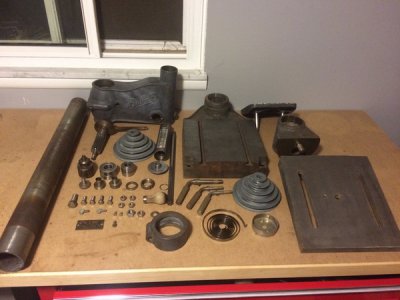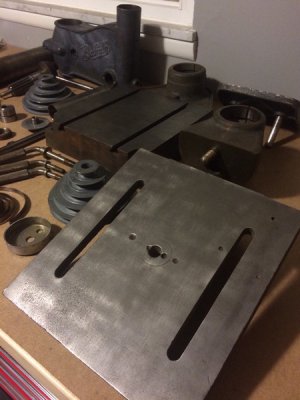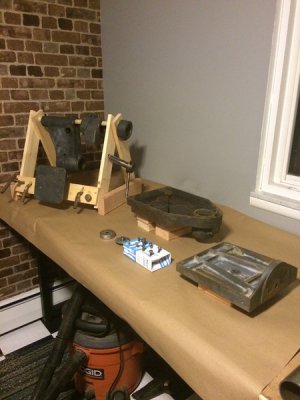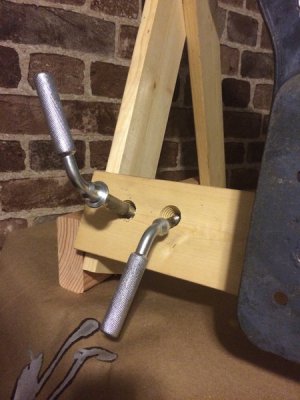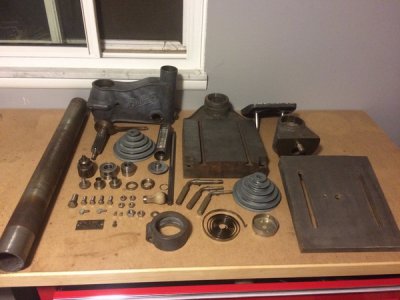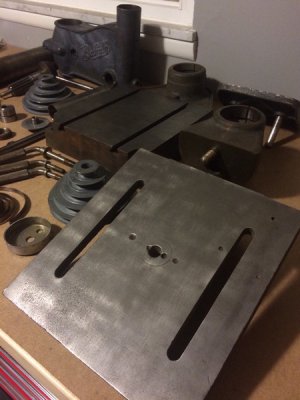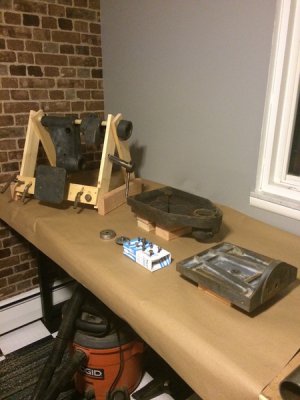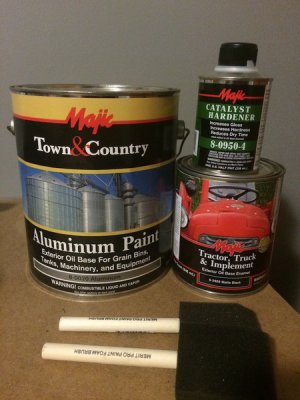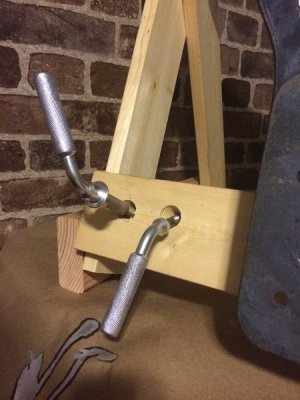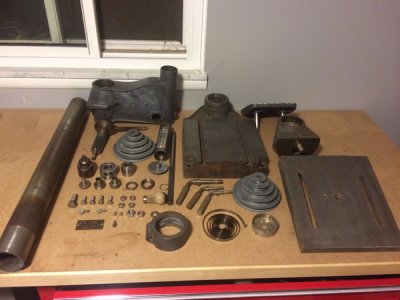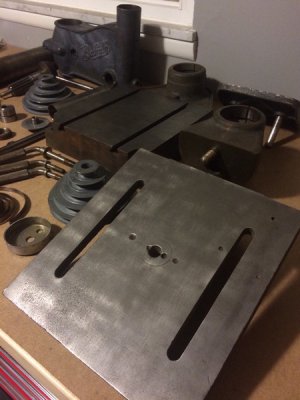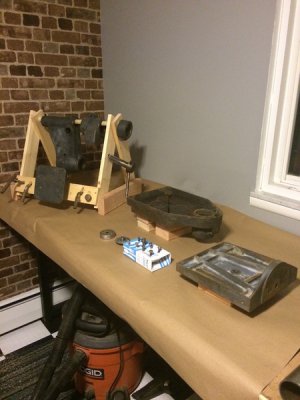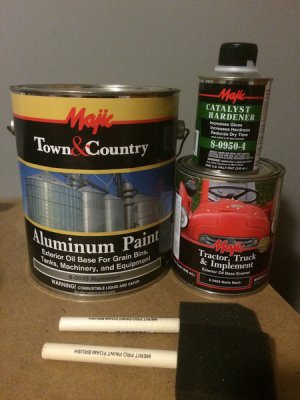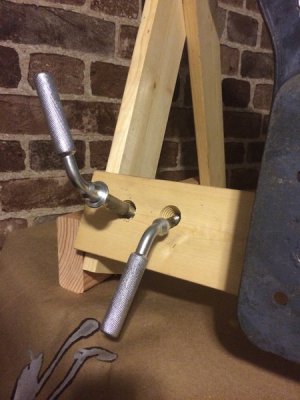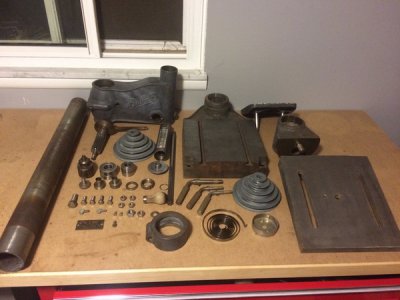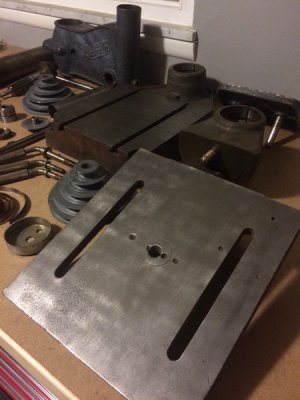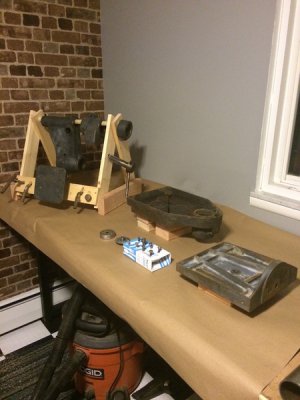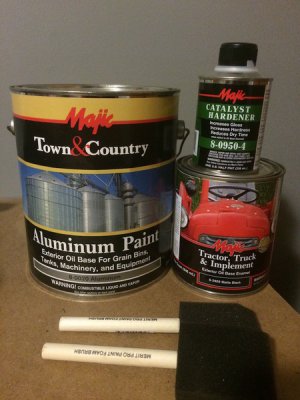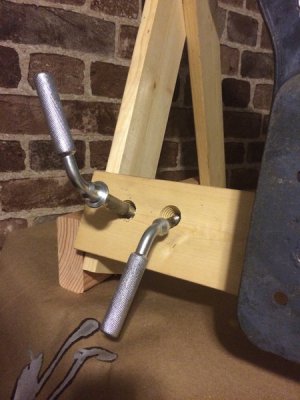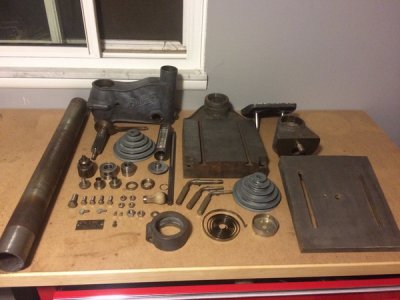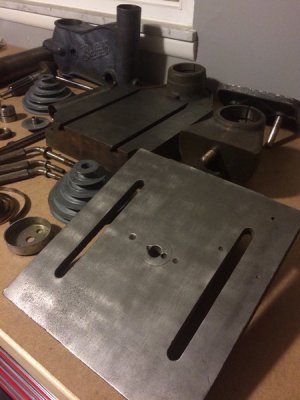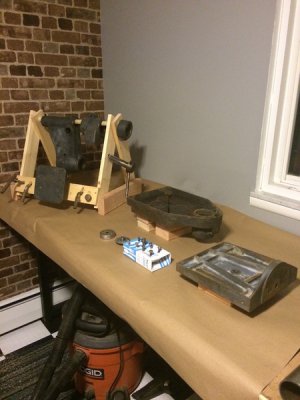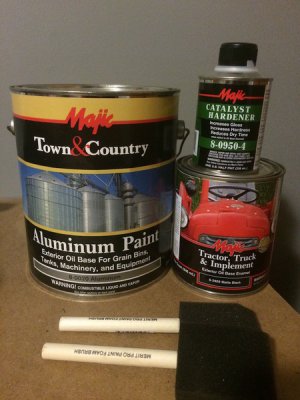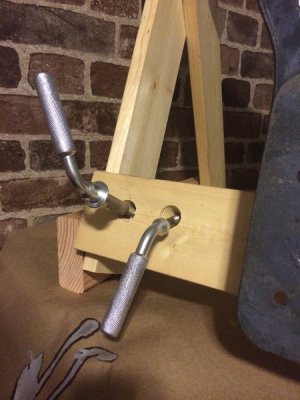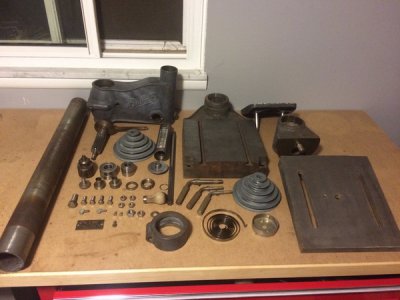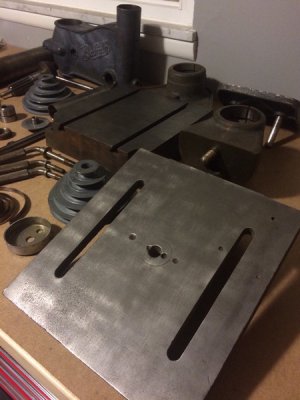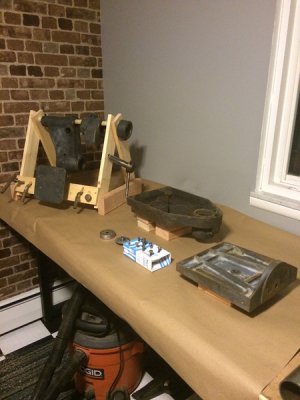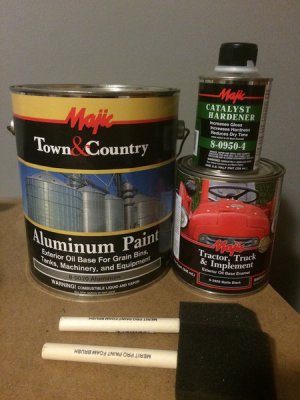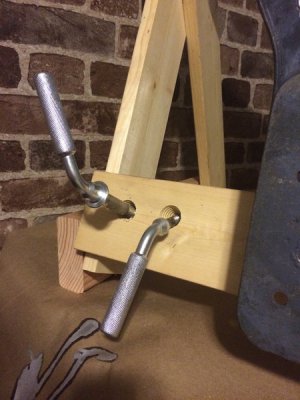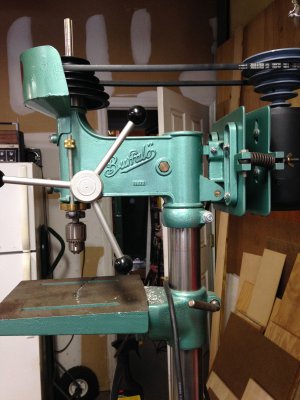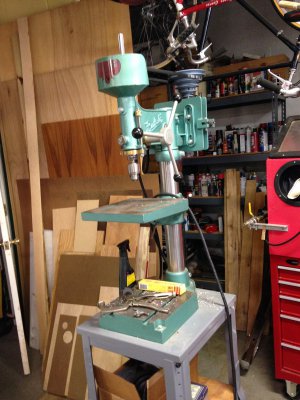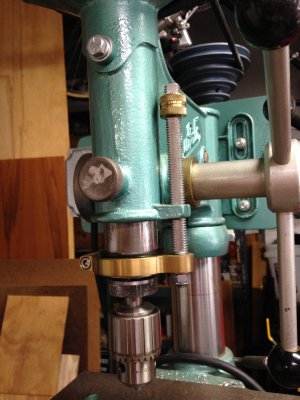- Joined
- Jul 2, 2014
- Messages
- 7,594
The spindle taper repair is a prime candidate for spray metal welding. Shops that repair a lot of shafts can do the work. After the buildup the taper can be turned or ground back to original size. A good job will be visually and structurally the same as new, and it is possible to use harder metals for the repair as well, which is a plus for a machine taper. Price will be a factor with any professional repair of the taper.
The other way to do it is with Prussian blue, fine files, a dial indicator, a GOOD female taper, and infinite patience. It must be round, to size, aligned with the spindle center line, and to the correct taper, all at the same time. It is quite doable if YOU are up to it and do not get frustrated easily and reach for the angle grinder. It will take considerable time. 8^) The spindle will be very slightly shortened by the work.
If the spindle looks like that, the inside of the chuck probably does, too. Putting a buggered chuck on a repaired spindle will not result in a good fit and will damage the repaired spindle. That appears to be a Jacobs chuck. Jacobs usually stamps the arbor taper size on the chuck.
Here is Abom79 doing a spray weld job in a recent video:
The other way to do it is with Prussian blue, fine files, a dial indicator, a GOOD female taper, and infinite patience. It must be round, to size, aligned with the spindle center line, and to the correct taper, all at the same time. It is quite doable if YOU are up to it and do not get frustrated easily and reach for the angle grinder. It will take considerable time. 8^) The spindle will be very slightly shortened by the work.
If the spindle looks like that, the inside of the chuck probably does, too. Putting a buggered chuck on a repaired spindle will not result in a good fit and will damage the repaired spindle. That appears to be a Jacobs chuck. Jacobs usually stamps the arbor taper size on the chuck.
Here is Abom79 doing a spray weld job in a recent video:
Last edited:

